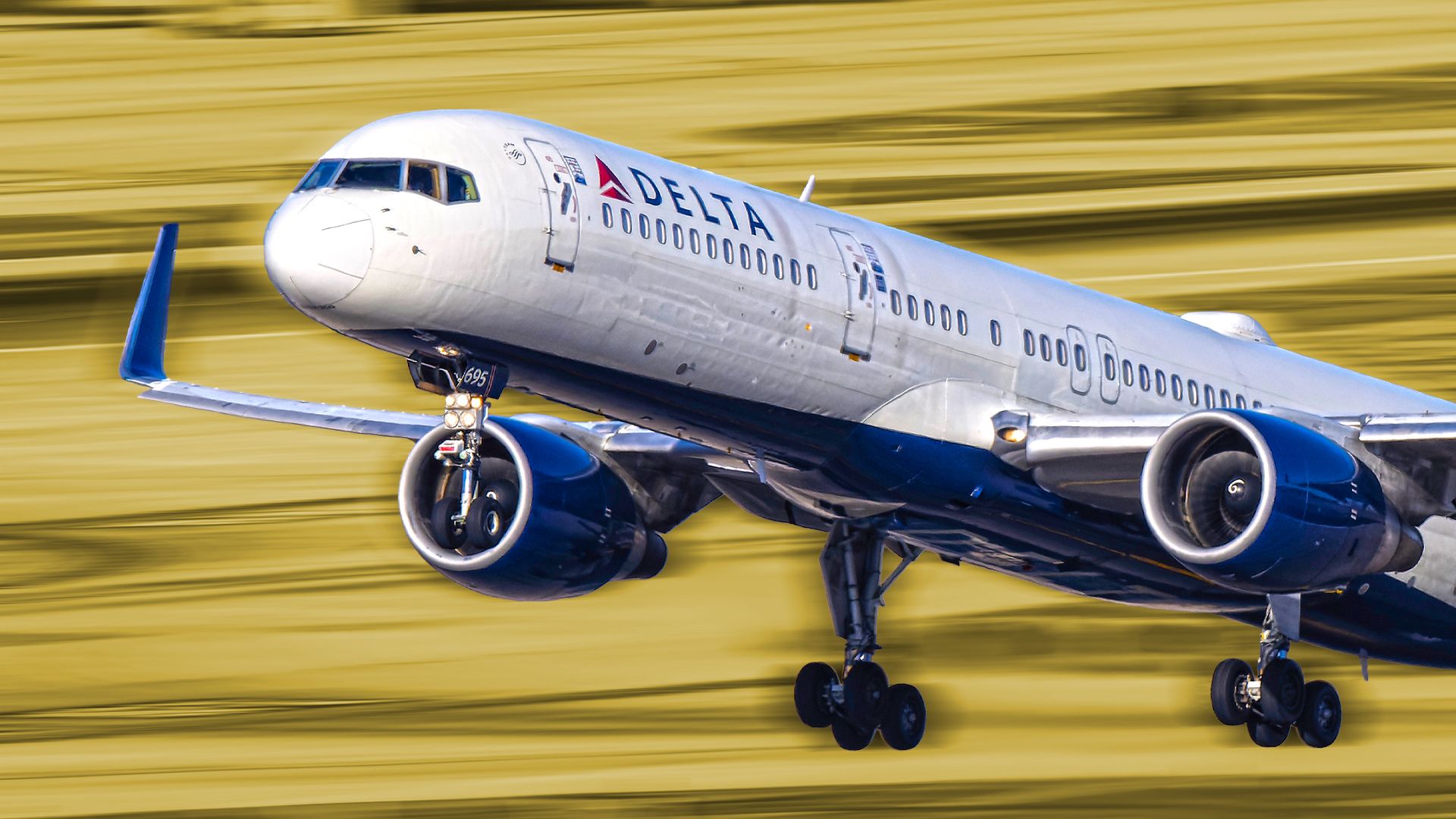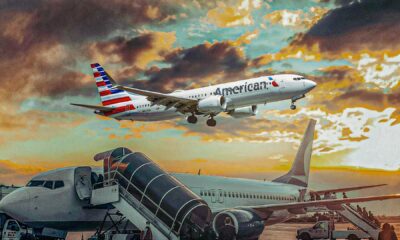World
Delta Air Lines Retains Aging Boeing 757s for Operational Flexibility

Delta Air Lines, one of the world’s largest airlines, continues to operate a significant fleet of aging Boeing 757 aircraft. Despite advancements in aviation technology and the introduction of more efficient models, Delta’s commitment to the 757 highlights its unique operational advantages. The airline currently flies 110 Boeing 757s, making it the largest operator of this aircraft type globally.
Operational Flexibility Drives Boeing 757 Usage
The decision to retain the Boeing 757 fleet stems primarily from its exceptional operational flexibility. Delta utilizes these aircraft on both domestic and international routes, filling a critical gap between its narrowbody and widebody fleets. The 757 is particularly effective on routes requiring a combination of range and performance, which is essential for connecting cities like New York and Boston to various international destinations.
Delta’s 757s perform exceptionally well at airports with shorter runways and in hot climates, conditions that can challenge other aircraft types. This capability allows Delta to serve vital markets, such as the transatlantic routes and connections to Latin America, efficiently. The economic aspect also plays a crucial role; the ownership costs for the 757 are considerably lower compared to newer aircraft, making it a financially sound decision for the airline.
A Brief History of the Boeing 757
The Boeing 757’s origins can be traced back to the early 1970s, when Boeing was exploring new developments after the success of the Boeing 747. The aircraft program officially launched in March 1979, following orders from Eastern Air Lines and British Airways. The first Boeing 757 took to the skies in February 1982, receiving certification from the Federal Aviation Administration (FAA) later that year. By the end of production in 2004, Boeing had delivered over 1,000 units of the aircraft, many of which remain operational today.
Technologically advanced for its time, the 757 featured improved aerodynamics and fuel efficiency compared to its predecessors. With options for engines such as the Rolls-Royce RB211 and the Pratt & Whitney PW2000, the aircraft offered substantial thrust and performance. The Boeing 757-200 variant, for example, has a maximum takeoff weight of 255,000 pounds and a range of 3,915 nautical miles.
Delta’s fleet includes 94 Boeing 757-200s with an average age of 28.6 years and 16 Boeing 757-300s averaging 22.8 years. Notably, the youngest aircraft in Delta’s fleet is just under 21 years old, while the oldest active 757-200 is 36.5 years old.
Delta’s configuration for the Boeing 757 typically includes 20 seats in First Class, 35 in Delta Comfort, and 144 in the Main cabin for the 757-200 variant. The 757-300 accommodates 24 First Class, 38 Comfort, and 172 Main seats.
Route Network and Aircraft Diversity
Delta Air Lines employs the Boeing 757 on various routes, supporting its extensive operational network. Domestic routes include high-demand transcontinental services from John F. Kennedy International Airport (JFK) to Los Angeles International Airport (LAX), San Francisco International Airport (SFO), and Seattle-Tacoma International Airport (SEA). The aircraft also serves key business routes connecting major hubs in Atlanta, Detroit, and Minneapolis to popular destinations like Orlando and Las Vegas.
Internationally, the Boeing 757 connects secondary U.S. cities to Europe and Latin America, routes that might not be viable with larger widebody aircraft. From JFK and Boston Logan International Airport (BOS), the 757 is frequently deployed to European cities such as Dublin and Reykjavik, and to South American destinations like Bogotá and Lima.
In addition to the Boeing 757, Delta operates a diverse fleet of over 1,000 aircraft, including models from both Boeing and Airbus. This includes the Boeing 737 family and the Airbus A320 family, along with widebody aircraft such as the Airbus A330 and A350. The wide variety of aircraft allows Delta to maintain its extensive range of domestic and international routes.
Delta Air Lines’ continued reliance on the Boeing 757 underscores the aircraft’s enduring advantages in operational flexibility and economic efficiency. As the airline navigates the complexities of modern aviation, the 757 remains a critical component of its fleet strategy.
-

 World4 months ago
World4 months agoScientists Unearth Ancient Antarctic Ice to Unlock Climate Secrets
-

 Entertainment4 months ago
Entertainment4 months agoTrump and McCormick to Announce $70 Billion Energy Investments
-

 Lifestyle4 months ago
Lifestyle4 months agoTransLink Launches Food Truck Program to Boost Revenue in Vancouver
-

 Science4 months ago
Science4 months agoFour Astronauts Return to Earth After International Space Station Mission
-

 Technology2 months ago
Technology2 months agoApple Notes Enhances Functionality with Markdown Support in macOS 26
-

 Top Stories4 weeks ago
Top Stories4 weeks agoUrgent Update: Fatal Crash on Highway 99 Claims Life of Pitt Meadows Man
-

 Sports4 months ago
Sports4 months agoSearch Underway for Missing Hunter Amid Hokkaido Bear Emergency
-

 Politics3 months ago
Politics3 months agoUkrainian Tennis Star Elina Svitolina Faces Death Threats Online
-

 Politics4 months ago
Politics4 months agoCarney Engages First Nations Leaders at Development Law Summit
-

 Technology4 months ago
Technology4 months agoFrosthaven Launches Early Access on July 31, 2025
-

 Top Stories2 weeks ago
Top Stories2 weeks agoFamily Remembers Beverley Rowbotham 25 Years After Murder
-

 Top Stories6 days ago
Top Stories6 days agoBlake Snell’s Frustration Ignites Toronto Blue Jays Fan Fury





















